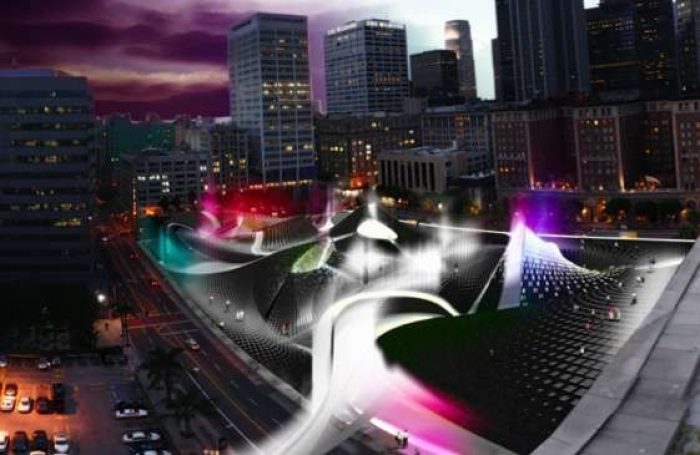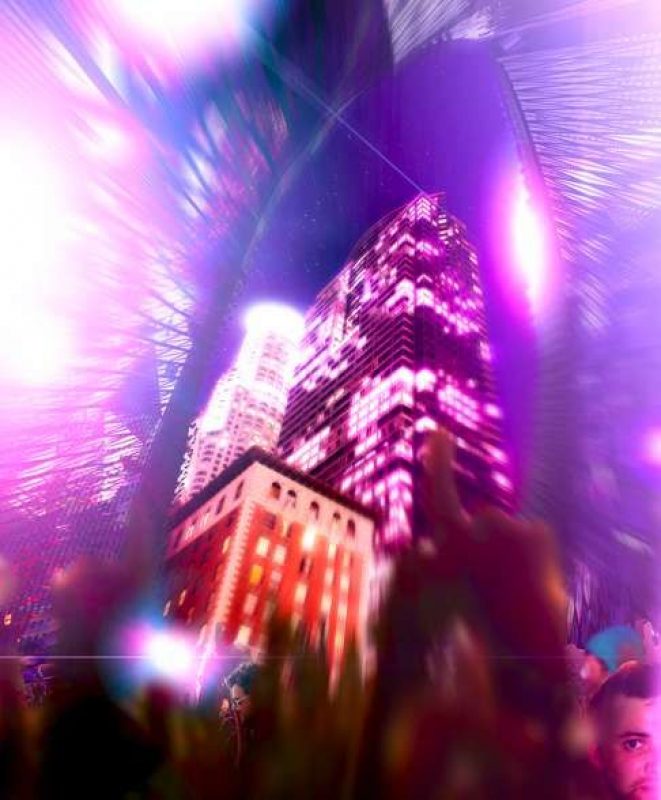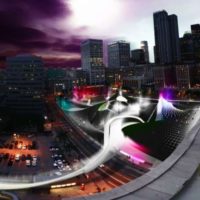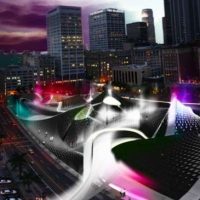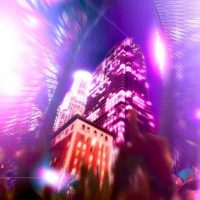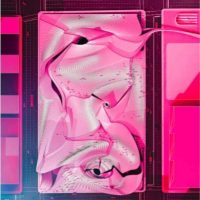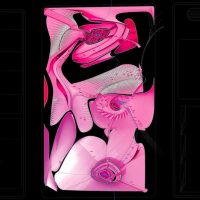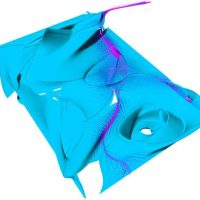All I can say is that it’s about time someone pointed out how addicted to the internet and technology in general, we as a generation (or two, or three) and as a society we all are. It’s ironic that I found this thesis on the internet, but who cares?
This thesis titled “Urban Amphetamine”, by John Farrace, and advised by Alvin Huang and Kara Bartelt, was the Winner of the USC Thesis Delineation Award. I think it is quite something, and nicely affirming to hear someone other than me commiserating over how anti-social our social media has made us. It is quite interesting and quite sadly true, what is said below about attention spans. I once heard a report on the BBC a few years back about a charity putting up goalpost pads around lamp posts because people were walking into them while texting. This I think is exemplary of how connected we have become and what we have sacrificed in physical connectivity to get here.
Well it’s his thesis, so the rest will be from Mr. John Farrace. Fire it up!
The project focuses on a social extreme of digital natives who have become disinterested with normal face to face communication not out of preoccupation, but out of boredom: browsing one hundred of your friend’s pictures in a minute while listening to your favorite song with your iphone six inches away from your face is way more engaging than standing talking to somebody for one minute. However, the digital realm today does not stand in opposition to or as a substitute for the physical, “real” world, but instead, is characterized by imagery, signifiers, and other representational devices that constantly refer to its connection with it. The physical world is still needed to allow for the digital to exist. Urban Amphetamine attempts to re-engage people with their physical environment through highly calibrated circulation flows that feed people people into engaging and intense social experiences. These experiences are coupled with self referential devices (massive arrays of mirrors) that tie users back to their environment in real time — reinforcing and playing up physical social experiences.
- Courtesy Of John Farrace
- Courtesy Of John Farrace
- Courtesy Of John Farrace
- Courtesy Of John Farrace
- Courtesy Of John Farrace
- Diagram


